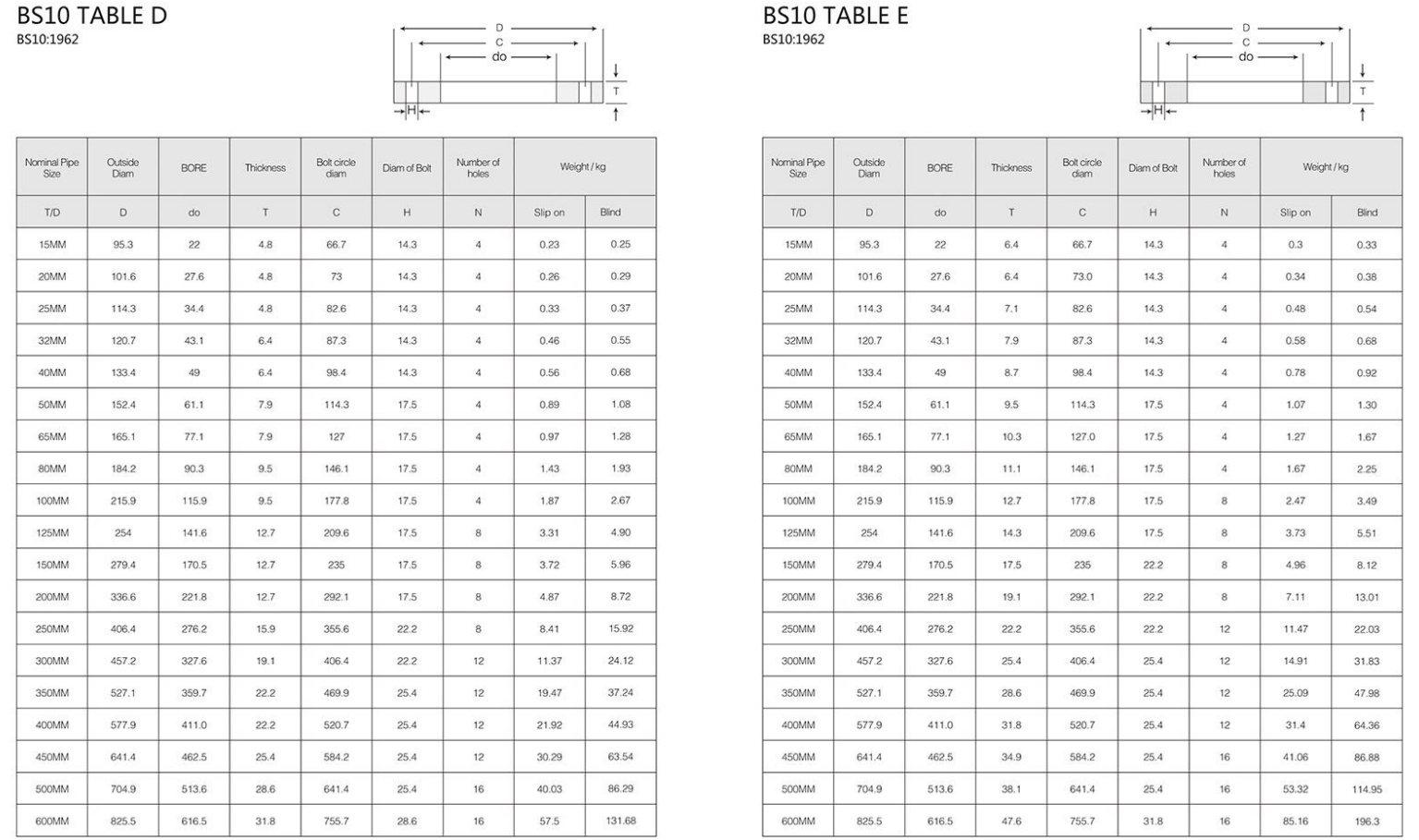-
Cangzhou Yulong Steel Co., Ltd.
-
Phone:
+86 13303177267 -
Email:
admin@ylsteelfittings.com
- English
- Arabic
- Italian
- Spanish
- Portuguese
- German
- kazakh
- Persian
- Greek
- French
- Russian
- Polish
- Thai
- Indonesian
- Vietnamese
- Zulu
- Korean
- Uzbek
- Hindi
- Serbian
- Malay
- Ukrainian
- Gujarati
- Haitian Creole
- hausa
- hawaiian
- Hebrew
- Miao
- Hungarian
- Icelandic
- igbo
- irish
- Japanese
- Javanese
- Kannada
- Khmer
- Rwandese
- Afrikaans
- Albanian
- Amharic
- Armenian
- Azerbaijani
- Basque
- Belarusian
- Bengali
- Bosnian
- Bulgarian
- Catalan
- Cebuano
- China
- China (Taiwan)
- Corsican
- Croatian
- Czech
- Danish
- Esperanto
- Estonian
- Finnish
- Frisian
- Galician
- Georgian
- Kurdish
- Kyrgyz
- Lao
- Latin
- Latvian
- Lithuanian
- Luxembourgish
- Macedonian
- Malgashi
- Malayalam
- Maltese
- Maori
- Marathi
- Mongolian
- Myanmar
- Nepali
- Norwegian
- Norwegian
- Occitan
- Pashto
- Dutch
- Punjabi
- Romanian
- Samoan
- Scottish Gaelic
- Sesotho
- Shona
- Sindhi
- Sinhala
- Slovak
- Slovenian
- Somali
- Sundanese
- Swahili
- Swedish
- Tagalog
- Tajik
- Tamil
- Tatar
- Telugu
- Turkish
- Turkmen
- Urdu
- Uighur
- Welsh
- Bantu
- Yiddish
- Yoruba

Nov . 09, 2024 05:29 Back to list
Different Varieties of Flanges and Their Applications in Various Industries
Understanding Various Types of Flanges
Flanges are crucial components in piping systems, serving as connectors that join two sections of pipe or connect pipe to equipment. They come in various shapes, sizes, and materials, each designed to suit specific applications and environments. Understanding the different types of flanges is essential for engineers, pipefitters, and anyone involved with construction and maintenance of piping systems.
1. Weld Neck Flanges
Weld neck flanges are characterized by their long tapered neck, which provides a strong connection to the pipe. This design allows for a smooth flow of fluids and helps to minimize turbulence. Weld neck flanges are commonly used in high-pressure applications where the integrity of the joint is critical. They are typically welded to the pipe, providing a robust seal that handles thermal expansion and contraction effectively.
2. Slip-On Flanges
Slip-on flanges are simpler in design, allowing them to slip over the pipe before being welded. This type of flange is easier to align and install, making it a popular choice for various applications, especially when dealing with lower pressures. While they are less expensive, they may not handle high-pressure situations as effectively as weld neck flanges, so careful consideration is needed when selecting them for critical applications.
3. Blind Flanges
Blind flanges are solid disk-shaped pieces of metal used to close the end of a piping system. They do not have a hole in the center like other flanges, preventing the flow of any fluid. Blind flanges are essential in maintenance situations where systems need to be sealed off for repairs or alterations. They are also used in pressure testing to ensure that there are no leaks in the system.
various types of flanges

Threaded flanges come with internal threads that allow them to be screwed directly onto the pipe. These flanges are particularly useful in situations where welding is not practical or desirable. They offer a convenient connection method, especially for smaller pipe sizes. However, care should be taken with threaded flanges in high-pressure situations, as the threads can wear over time and lead to leaks.
5. Socket Weld Flanges
Socket weld flanges are designed for small-diameter pipes. They feature a socket for the pipe to fit into, which is then welded at the joint. This type of flange is ideal for high-pressure applications where the piping systems need to withstand substantial stress. Socket weld flanges also provide a smooth transition for the flow of materials, reducing turbulence and potential damage to the system.
6. Lap Joint Flanges
Lap joint flanges consist of two parts a flange that is loose and can rotate freely, and a stub end that is welded to the pipe. This design allows for easier alignment and disassembly, making them a favorite in applications where regular maintenance is required. Lap joint flanges are often used in low-pressure applications and are less costly compared to other types.
7. Orifice Flanges
Orifice flanges are specialized flanges used in flow measurement applications. They feature holes for pressure taps, allowing for accurate measurement of fluid flow through the pipe. These flanges are typically used in conjunction with flow meters and are critical in various industries for monitoring and managing flow rates.
Conclusion
In summary, the selection of the right type of flange is vital for the success and safety of piping systems. The choice often depends on factors such as pressure, temperature, and the nature of the fluid being transported. Understanding the various types of flanges and their applications can lead to more efficient and effective piping designs, ultimately ensuring system reliability and safety. As technology advances, new flange designs and materials continue to emerge, further enhancing the capabilities of piping systems across industries.
Latest news
-
ANSI 150P SS304 SO FLANGE
NewsFeb.14,2025
-
ASTM A333GR6 STEEL PIPE
NewsJan.20,2025
-
ANSI B16.5 WELDING NECK FLANGE
NewsJan.15,2026
-
ANSI B16.5 SLIP-ON FLANGE
NewsApr.19,2024
-
SABS 1123 FLANGE
NewsJan.15,2025
-
DIN86044 PLATE FLANGE
NewsApr.19,2024
-
DIN2527 BLIND FLANGE
NewsApr.12,2024
-
JIS B2311 Butt-Welding Fittings LR/SR 45°/90° /180°Seamless/Weld
NewsApr.23,2024











